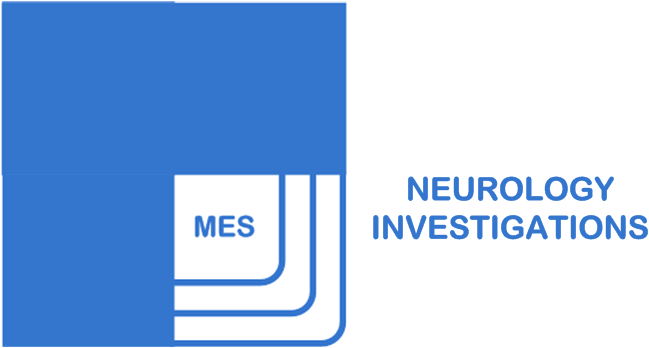A committee of the International Federation of Societies for Electroencephalography and Clinical Neurophysiology recommended a specific system of electrode placement - now known as the international 10-20 system. Specific measurements from bony landmarks (inion, nasion and preauricular point) are used to generate a system of lines, which run across the head and intersect at intervals of 10 or 20% of their total length (hence called 10-20 system).
The standard set of electrodes for adults consists of 21 recording electrodes and one ground electrode. Measurements are made as follows:

The distance b/w nasion and inion is measured along the midline (Let us assume it is 40 cm). Along this line, the frontopolar point, Fpz (see electrode placement for description), is marked at 10% above the nasion (i.e. 4 cm above the nasion). Frontal (Fz), central (Cz), parietal (Pz) and occipital (Oz) points are marked at intervals of 20% of the entire distance (i.e. 8 cm, 16 cm, 24 cm and 32 cm respectively, above Fpz) leaving 10% for the interval b/w Oz and inion. The midline points Fpz and Oz routinely do not receive any electrode.

The distance b/w two pre-auricular points across Cz is measured. Along this line, the transverse position for the central points C3 and C4 and the temporal points T3 and T4 are marked 20 and 40% respectively from the midline.

The circumference of the head is measured form the occipital point (Oz) thru’ temporal points T3 and T4 and the frontopolar point (Fpz). The longitudinal measurement for Fp1 is located on that circumference, 5% of the total length of the circumference to the left of Fpz. The longitudinal measurements for F7, T3, T5, O1, O2, T6, T4, F8 and Fp2 are at the distance of 10% of the circumference

F3 electrode is placed at the point of intersection of two lines drawn by joining Fp1 to C3 and F7 to Fz. Similarly F4 is placed on the right side.
P3 electrode is placed at the point of intersection of two lines drawn by joining O1 to C3 and T5 to Pz. Similarly P4 electrode is placed on the right side.
Electrodes placed on or near both ears in positions are called A1 and A2 or on the mandibular angles in positions called M1 and M2.
- Jasper, HH. Report of committee on methods of clinical exam in EEG. Electroencephalogr. Clin. Neurophysiol. 10:370-375
- Jasper HH. The ten-twenty electrode system of the International Federation. In: Internal Federation of Societies for Electroencephalography and Clinical Neurophysiology: Recommendations for the practice of clinical electroencephalography Amsterdam: Elsevier, 1983:3-10
P.S. Figures not to scale.

2 comments:
Thank you!!!
Thanks for giving the knowledge about this.Nice topic Post!
Career Planet Infotech (CPI ) is a staffing agency & Manpower Consultancy focused on administrative and light industrial staffing. Our an
Job Consultants encompass all levels of professional experience and recruit excellent resources.
Post a Comment